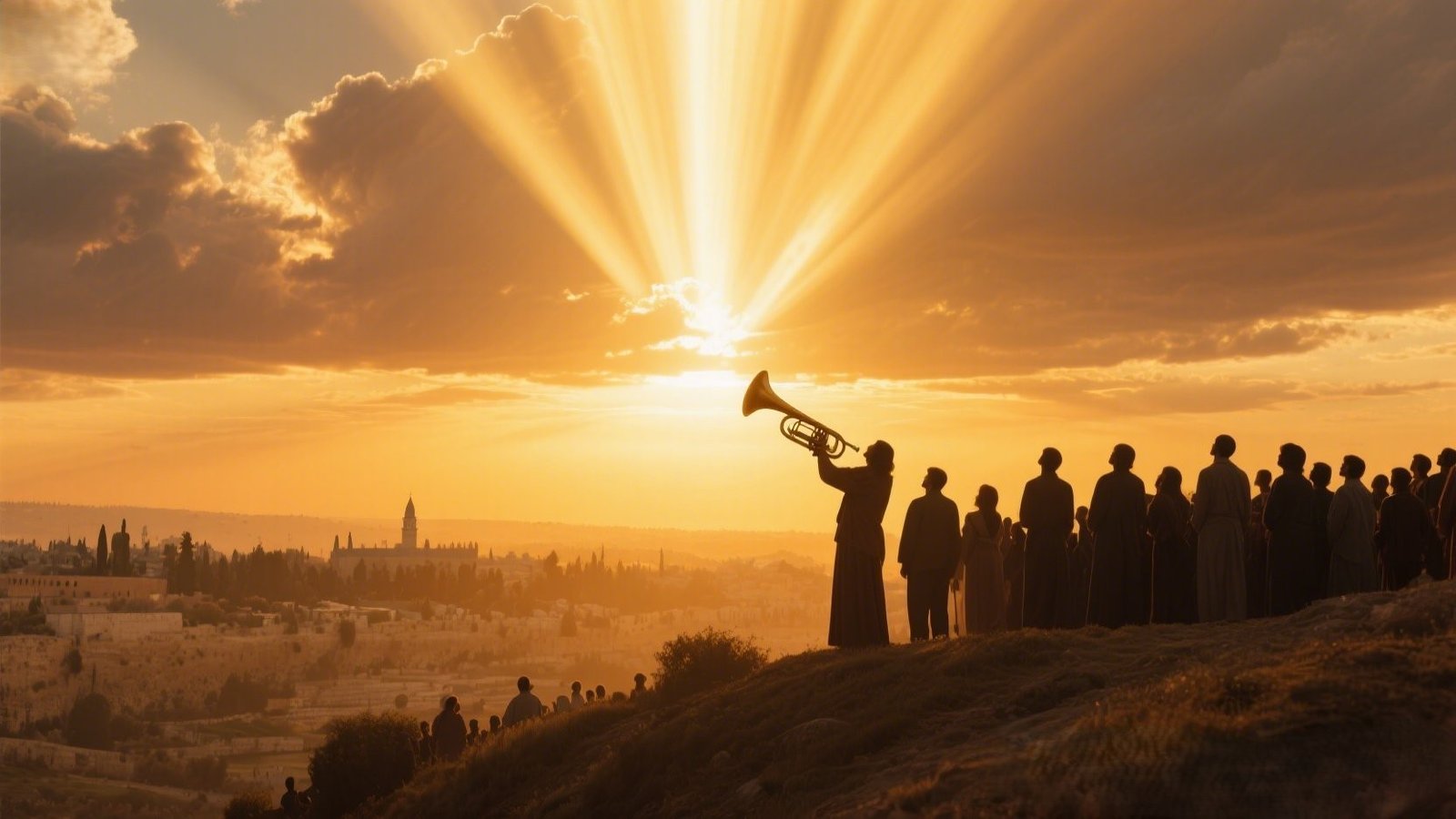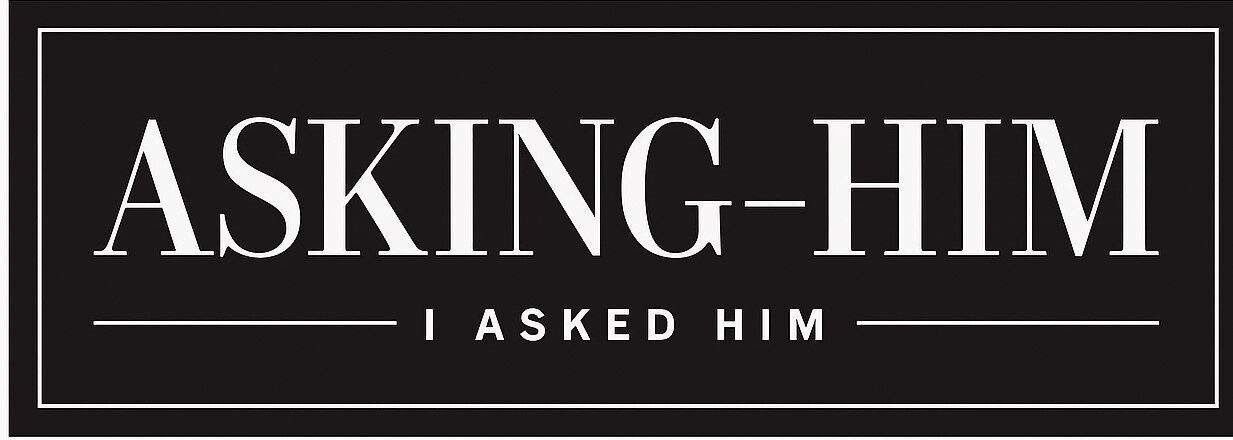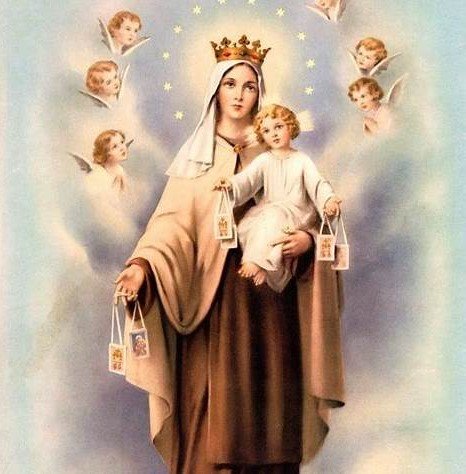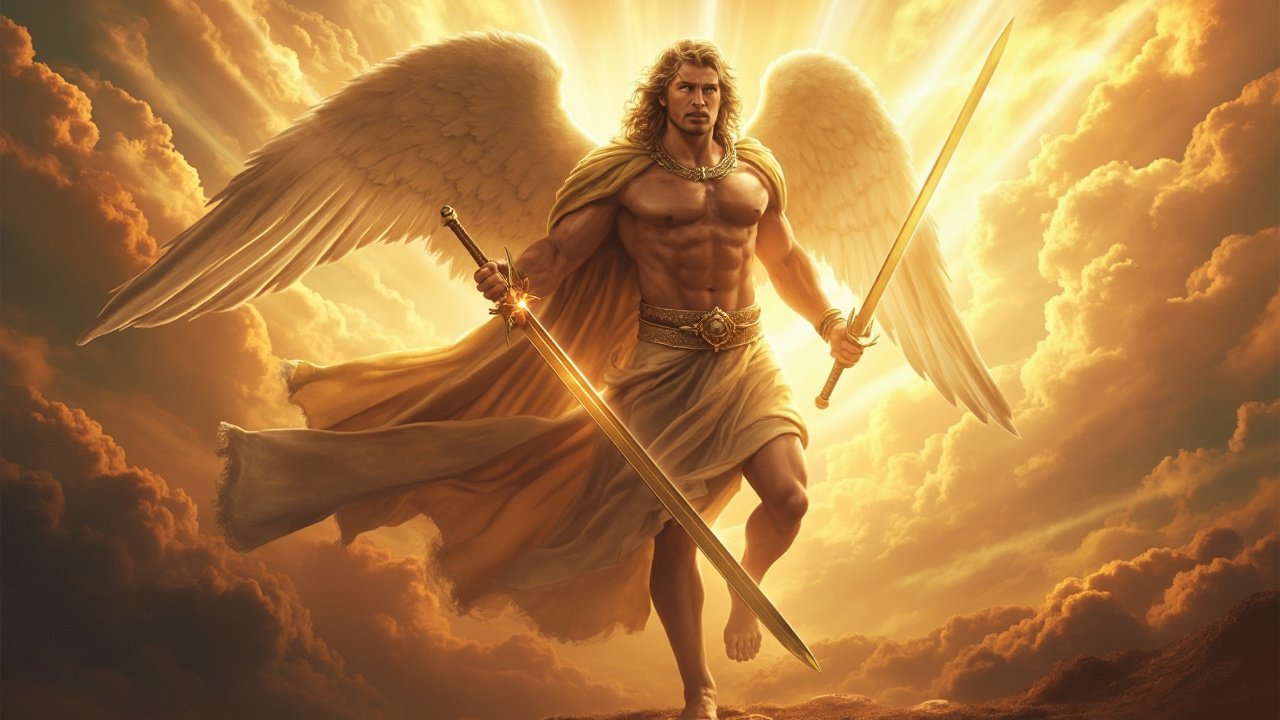
As believers, we often hear excitement whenever Rosh Hashanah approaches. Known as the Jewish New Year or the Feast of Trumpets, it is rich in biblical meaning and prophecy. Some even connect it to the Rapture of the Church. But what does the Bible really say? Let’s explore the roots of Rosh Hashanah, the Ten Days of Awe, and how this ties into end-time hope.
What Is Rosh Hashanah?
Rosh Hashanah (literally “Head of the Year”) marks the beginning of the civil year on the Hebrew calendar. This year, it begins on the evening of October 2, 2025 and ends at sunset on October 4, 2025.
Biblically, it is called the Feast of Trumpets (Leviticus 23:23–25):
“The Lord said to Moses, ‘Say to the Israelites: On the first day of the seventh month you are to have a day of rest, a sacred assembly commemorated with trumpet blasts.’”
During this feast, the shofar (ram’s horn) is blown, symbolizing awakening, repentance, and a call to gather before God.
The Ten Days of Awe
Rosh Hashanah is not an isolated feast. It marks the beginning of the Ten Days of Awe, a solemn period of reflection, repentance, and prayer that ends with Yom Kippur (the Day of Atonement).
For Jewish people, this time is deeply spiritual: a call to examine the heart, make things right with others, and seek God’s mercy. For Christians, it is also a powerful reminder of repentance, forgiveness, and preparing our lives for Christ’s return.
Why Do Some Connect Rosh Hashanah to the Rapture?
Many Christians notice parallels between the Feast of Trumpets and the Rapture:
- The Trumpet Blast: Paul wrote, “For the trumpet will sound, the dead will be raised imperishable, and we will be changed” (1 Corinthians 15:52).
- The Gathering: 1 Thessalonians 4:16–17 describes the Lord descending with the sound of the trumpet and the gathering of believers.
- Prophetic Timing: Because Rosh Hashanah celebrates renewal and awakening, some see it as a picture of the Rapture.
This is why you may hear predictions that “the Rapture will happen on Rosh Hashanah.”
The Biblical Truth: No One Knows the Day or Hour
While the symbolism is powerful, Scripture is clear:
“But of that day and hour no one knows, not even the angels of heaven, but My Father only.” (Matthew 24:36)
It is dangerous to set dates. Every year, voices rise claiming that a specific day—such as September 23rd or the Feast of Trumpets—is “the day.” Yet Jesus warned us against this.
Instead, the lesson of Rosh Hashanah is to be spiritually awake and ready. The shofar is a reminder that one day, at the trumpet of God, Christ will indeed return for His Church—but we must live prepared every single day.
How Should Believers Respond?
- Repent and draw near to God — Just as the Ten Days of Awe call for repentance, believers are called to keep short accounts with God.
- Live watchfully — We don’t know the day or hour, but we know the season. We are called to readiness, not complacency.
- Encourage others with hope — Paul wrote, “Therefore encourage one another with these words” (1 Thessalonians 4:18).
Conclusion
Rosh Hashanah and the Ten Days of Awe point us to powerful truths: the call to repentance, the sound of the trumpet, and the hope of Christ’s return. While no one can set the exact day of the Rapture, these appointed times remind us to live faithfully, expectantly, and with our hearts prepared for the soon coming of the Lord.
As we hear the sound of the shofar in this season, may it awaken us—not to fear or speculation—but to hope and readiness.



